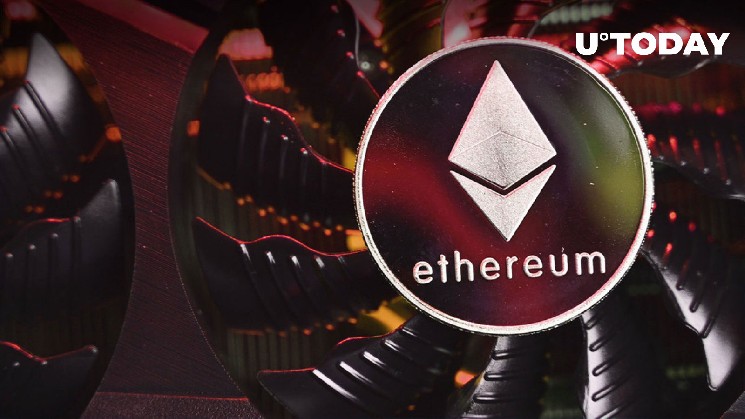Ethereum Net Issuance Since Merge Reaches 2,400, Has Deflation Experiment Failed?

Ethereum’s deflation was initially considered as the main fuel for the growth of the second biggest cryptocurrency on the market. However, the lack of network activity and the poor state of the DeFi and NFT industries opens up the main flaws of the mechanism.
Why did burn rate fall?
Ethereum’s burning mechanism is a relatively simple system with an open and understandable set of rules. A certain percentage of each transaction fee goes to the burning address — a certain wallet that no person can access — hence, every ETH sent on it is technically removed from circulation.

Simply put, the greater the number of transactions on the network is, the higher the burn rate we are going to witness. During the DeFi and NFT era, Ether’s burning machine has been destroying up to 200 ETH per block, worth approximately $1 million at ATH.
With the tumbling of the most transaction-consuming industries on the network, Ethereum’s network load plunged massively, causing a drop in fee size, number of transactions on the network and descending burn rate.
However, even without NFTs and DeFi, Ethereum has been successfully burning enough coins to become completely deflationary, but after the FTX implosion that triggered a massive outflow of funds from the industry, the activity of the network dropped even further, causing a drastic decline in burning activities and pushing year-to-year issuance back above the deflation line.
At press time, Ethereum’s supply is on the rise, with at least 2,400 new ETH produced since the implementation of the Merge update that switched off the outdated PoW consensus mechanism. However, positive issuance and the lack of network activity today do not determine Ethereum’s long-term future.






 Bitcoin
Bitcoin  Ethereum
Ethereum  Tether
Tether  USDC
USDC  TRON
TRON  Dogecoin
Dogecoin  Cardano
Cardano  Bitcoin Cash
Bitcoin Cash  Chainlink
Chainlink  Zcash
Zcash  Monero
Monero  LEO Token
LEO Token  Stellar
Stellar  Litecoin
Litecoin  Hedera
Hedera  Dai
Dai  Cronos
Cronos  Tether Gold
Tether Gold  OKB
OKB  Ethereum Classic
Ethereum Classic  KuCoin
KuCoin  Gate
Gate  Algorand
Algorand  Cosmos Hub
Cosmos Hub  VeChain
VeChain  Dash
Dash  Tezos
Tezos  TrueUSD
TrueUSD  Stacks
Stacks  IOTA
IOTA  Basic Attention
Basic Attention  Decred
Decred  Theta Network
Theta Network  NEO
NEO  Synthetix
Synthetix  Qtum
Qtum  Ravencoin
Ravencoin  DigiByte
DigiByte  0x Protocol
0x Protocol  Nano
Nano  Zilliqa
Zilliqa  Holo
Holo  Siacoin
Siacoin  Numeraire
Numeraire  Waves
Waves  Ontology
Ontology  Status
Status  BUSD
BUSD  Enjin Coin
Enjin Coin  Hive
Hive  Pax Dollar
Pax Dollar  Lisk
Lisk  Steem
Steem  Huobi
Huobi  OMG Network
OMG Network  NEM
NEM  Bitcoin Gold
Bitcoin Gold  Augur
Augur  HUSD
HUSD  Ren
Ren